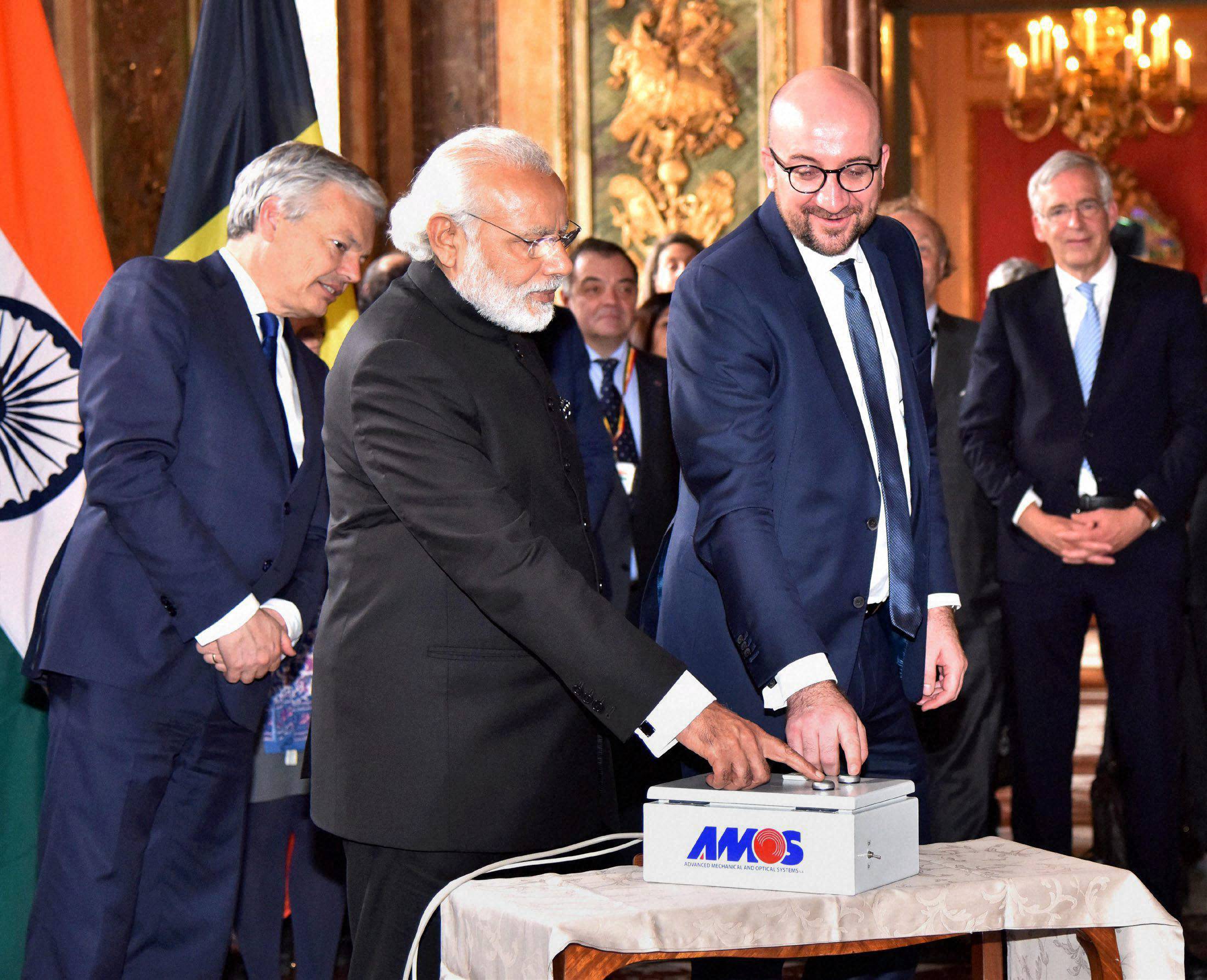What Are Exoplanets And How NASA Detects Life Beyond Our Solar System
Bharti Airtel Set To Acquire Telenor India Within This Year
Google Celebrates NASA’s Discovery Of Seven Earth-Like Planets With An Animated Doodle
Some Home Remedies That Might Sound Bizarre But Actually Work Like A Charm
Akshay Kumar Feels He Has Made Enough Money, Now Wants To Focus On Content & Characters
Delhi ATM Dispenses Fake Rs 2000 Notes From ‘Childrens Bank of India’ With ‘Churan Lable’
Adolf Hitler’s Personal Telephone During World War II Is Up For Auction In The US
From Salman Khan To Rekha, Neil Nitin Mukesh’s Wedding Reception Was Quite A Starry Affair
Here All You Need To Know is Asia’s Biggest Optical Telescope Launched In Nainital
In what can be termed as a significant development in the field of astronomy, Asia's biggest optical telescope was unveiled at Devasthal near Nainital on Wednesday. Prime Minister Narendra Modi on his one-day visit to Belgium remotely activated the Aryabhatta Research Institute for Observational Sciences (Aries) telescope from Brussels along with Belgian PM Charles Michel. "Prime Minister Michel and I have just activated, remotely, IndiaÂ’'s largest optical telescope. Even sky is not the limit," Modi said referring to the cooperation between the two countries on various projects.
The telescope is located on a 2.5 km high peak of a picturesque hill of the Western Himalayas in Devasthal, which is about 50 km from Nainital. Named as the Devasthal Optical Telescope (DOT), the 3.6 m telescope is now Asia's biggest, surpassing the 2.3 diameter telescope at Kavalur, Tamil Nadu which had been India's biggest since 1986.

Here are its salient features:
The first-of-its kind optical telescope was built under a joint international contract signed on March 29, 2007 by Aryabhatta Research Institute for Observational Sciences (Aries) and Belgian Federal Science Policy Office (BELSPO). It was supplied by Belgian firm Advanced Mechanical & Optical System (AMOS).
The telescope is built at a cost of Rs 150 crore, funded by the Department of Science & Technology, Government of India with BELSPO financing seven percent of the total cost.
Having a mirror with a diameter of 3.6 m, the telescope weighs 150 tonnes. Its mirrors have been supplied by Schott, a German glass materials making firm. They were polished for 22 months in Moscow, Russia.
The telescope can target 20 m size object at a distance of 1,000 km. The area around it is thermalised with the help of 12 large fans to achieve the sharpest images.
The telescope will be used for carrying out fundamental research on origin of galaxies, life-cycles of stars, probing powerful and elusive black holes, and solving many mysteries of the cosmos. Its near infrared capability will allow astronomers to probe the very first stars and galaxies of the universe.





